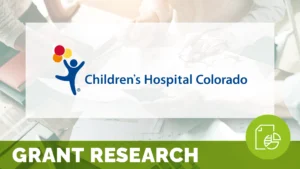Patient involvement in the development of PROMs within the MS Field: A systematic review

This review reports on the development of patient-reported outcome measures (PROMs), published within the past ten years, for people with multiple sclerosis (PwMS). Moreover, this review evaluates the extent to which patient participation was integrated in the development of the PROMs. A systematic review was conducted, and four relevant articles were extracted, from which nine PROMs were identified. Patient involvement in the development phase was identified in three PROMs. The results emphasize the need for more patient involvement in the development of new MS-specific PROMs to ensure that the measures reflect the needs and priorities of PwMS.
Related content
-
 Policy & Measurement
Policy & MeasurementLeveraging Metrics to Demonstrate Volunteer Impact
2pm ET / 1pm CT / 12pm MT / 11am PT – Metrics are essential for volunteer leaders to demonstrate program value, though selecting and using the right data can be challenging. This session will equip leaders with the knowledge to collect and use metrics that showcase the impact of volunteer programs. Attendees will learn
Learn more -
 Policy & Measurement
Policy & MeasurementEnhancing Post-Visit Communication: A Quality Improvement Initiative
With grant funding from The Beryl Institute, Briargate Outpatient Specialty Care Clinic at Children’s Hospital Colorado launched a quality improvement project to tackle the decline in patient and family experience scores concerning post-visit communication. By implementing targeted interventions, the clinic increased the percentage of families who felt well-informed about handling questions after visits from 72%
Learn more -
 Policy & Measurement
Policy & MeasurementMeasuring Volunteer Impact
We know that our volunteers make a huge difference in our organizations every day…but how do you show that? It can be challenging to assign hard data to work done with the heart, but those statistics can help illustrate that impact in a more meaningful way to your audience.
Learn more
